home - Museums - Archaeological Museum of Alto Vicentino back to museums
Archaeological Museum of Alto Vicentino
Santorso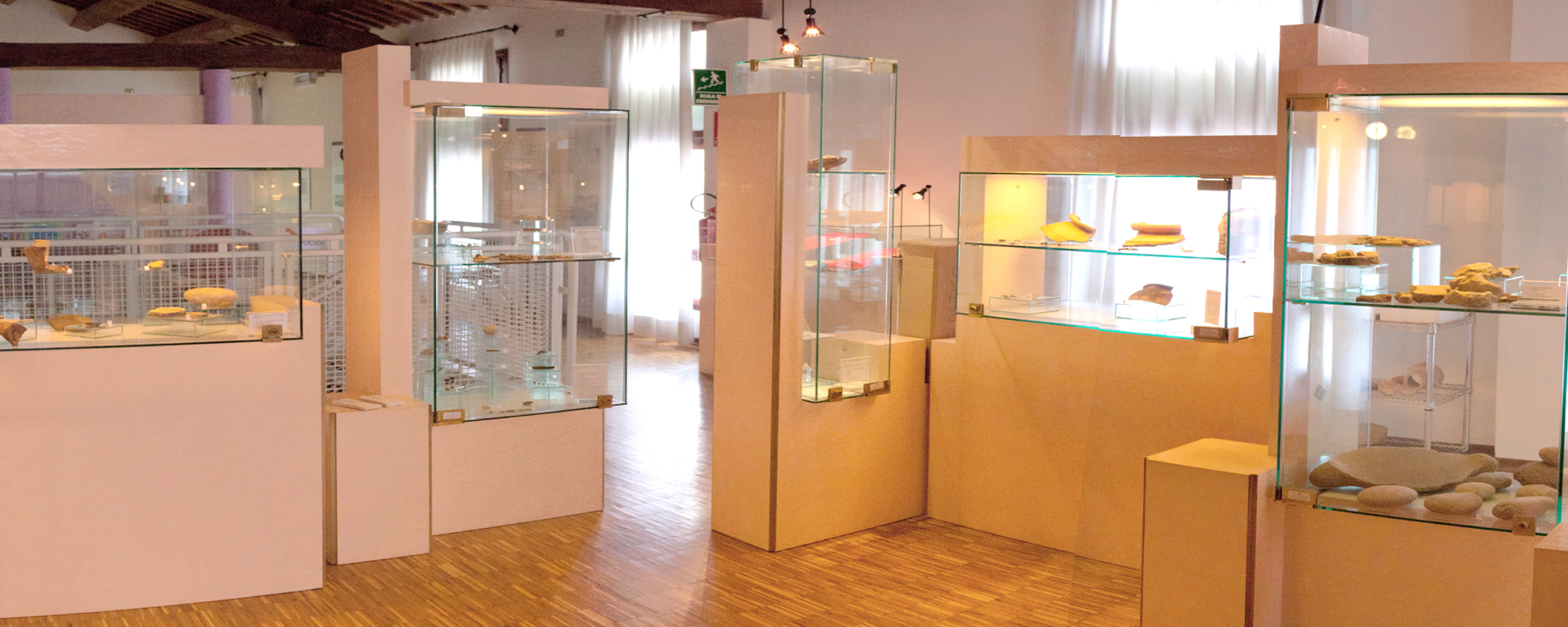
The Museum collects and exhibits the most interesting finds from archaeological excavations carried out in Upper Vincentian, with finds dating from the late Neolithic to the early Middle Ages. The journey through time, which the Museum proposes, invites you to know how it was like to live in a pre-Roman village, in a “Domus” and in a Roman military camp, thanks to the presence of plastics resulting from the collaboration with local schools. Particular importance is given to the ancient activities of man, expressed through the reproductions of prehistoric objects and a pre-Roman loom for domestic weaving. Numerous then the different finds coming both from local excavations and from localities of the territory including the village of Monte Corgnon in the municipality of Lusiana Conco, but also from the Bostel di Rotzo.
The visitThe collections, displayed in chronological order, are divided into three sections: the first offers an overview of the sites of the upper Vicenza region (Sarcedo, Lusiana, Santorso, Schio, Piovene Rocchette, Bostel di Rotzo) from the Late Neolithic to the II Iron Age; the second presents important finds of the ancient village of Santorso (VI-II centuries BC), proposing a reconstructive itinerary of the “house-laboratory”, the section also houses the reproduction of a vertical frame The third section is dedicated to the Roman and Low-Medieval ages with materials from the early Romanization, some treasures of coins found in a house from the 3rd century AD. In Santorso, the furnishings of the late-Roman necropolis of Sarcedo (4th century AD) up to the most recent medieval materials coming from Grotta Bocca Lorenza.
The history CloseThe museum was opened in 1995, following the excavations of the PEEP area of Santorso, where a series of excavations lasted almost ten years uncovering one of the most interesting areas of the second Iron Age settlements in Veneto.
In 1985, the first “didactic archaeological exhibition” for elementary schools Timonchio-Santorso was inaugurated, involving pupils in the findings of currently excavated areas.
The museum began as a study centre of Alto Vicentino, a district with a long history. Enough to think, that with regards to the second Iron Age (6th – 1st century BC), we are talking about the “culture of Magrè” to indicate the foothill areas and hilly areas, which extend from Trissino up to the Asiago Plateau.
A culture characterized by the type of its findings, and the use of a single type of writing known as the “Rhaetian Magrè alphabet”, by a uniform settlement pattern and economy based mainly on agriculture, but which also saw the flourishing of crafts, weaving and metallurgy, with the scope of the business of trade.
The Museum, in collaboration with the Superintendence for Archaeological Heritage of Veneto, is involved in research activities aimed at the preservation and enhancement of the local archaeological heritage. Among its most important projects, the excavations on Mount Summano and the study on weaving tools from pre-Roman and Roman times. The operation of the museum is taken care of by an archaeologist and carried out by museum workers and the workers of the Archaeological Group of Alto Vicentino.
Sunday: from 3.00 PM to 6.00 PM
Opening on request from Monday to Saturday: from 8.00 AM to 1.00 PM
Taking of anthropomorphic pot
It is a small male head shaped in relief, characterized by an oval face with prominent chin and thin, well drawn lips; the nose is sharp with recessed nostrils and the eyes almond-like, whilst the eyebrow arch is blunt; the ears have a marked hemispherical pavilion; on the head it seems to wear a bandage or a cap cap cap. The surfaces are well smoothed and have traces of red colour. It certainly belonged to a large pot of not merely domestic use, of which it constituted an ornament or perhaps replaced a socket. Comparisons with similar representations exist on bronze vases, more rarely on ceramics, and come from regions of Central and Eastern Europe. It was found during the construction of the PEEP area of Santorso, in what was later called the “Laboratory House”. It dates back to the 4th century BC and is now on display at the Archaeological Museum of Alto Vicentino in Santorso.
Sword with simple base
The model is similar to those of the Sauerbrunn / Boiu type, common in Central Europe. It was found during the works for the construction of an underpass of the Strada Gasparona, near the grotto dell’Astico, and it has been hypothesized that it was abandoned for a propitiatory rite or passage. It is now kept at the Archaeological Museum of Alto Vicentino in Santorso, where there is also a section dedicated to Sarcedo in the Late Roman Age.
Remains of square-tipped pots
Vases with simple quadrilobed mouths, i. e. with the upper opening in the shape of a square, are objects that characterize what has been called the “culture of vases with square mouths”, widespread in northern Italy during the fifth millennium BC in the Middle Neolithic. Those recovered in the cave of Bocca Lorenza in Santorso have decorations with notches or herringbone and small loops. Based on the decorations, three different phases have been identified: geometric-linear (first half of the 4th millennium BC), meander-spiral (mid of the 4th millennium BC), and engravings and impressions (second half of the 4th millennium BC), to which we can trace the examples preserved at the Archaeological Museum of Alto Vicentino in Santorso.
Audioguide
Puoi usufruire del nostro servizio gratuito, senza scaricare nessuna app. e ascoltare l’audio-guida direttamente dal tuo smartphone. Ascolta (o scarica) le tracce audio oppure scansiona i QR Code che troverai durante la visita.
The project is in collaboration with , the exclusive service that tells you everything: cities, museums, natural attractions... with the voice of the best guides in Italy!
, the exclusive service that tells you everything: cities, museums, natural attractions... with the voice of the best guides in Italy!
Discover now

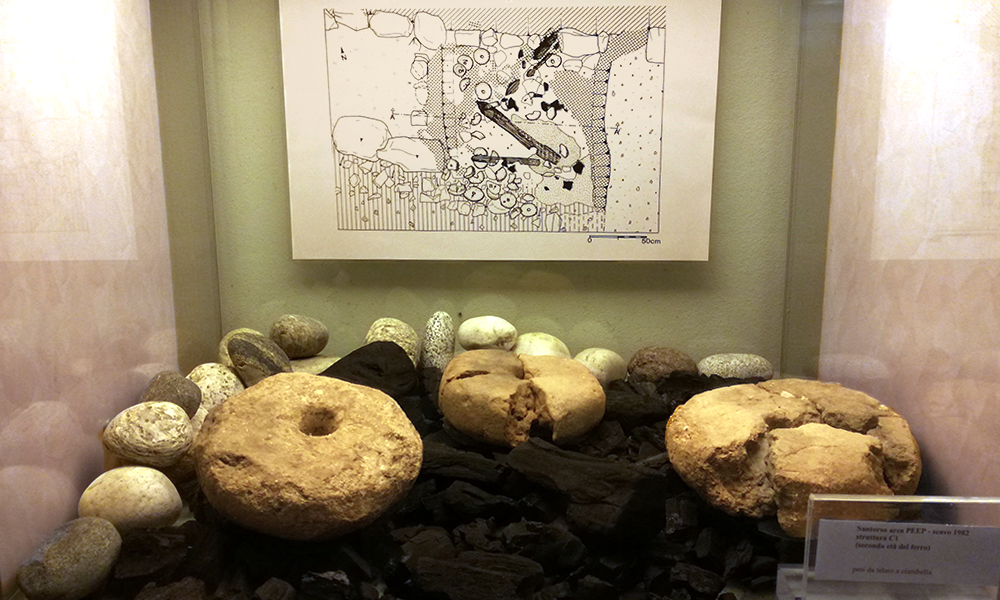
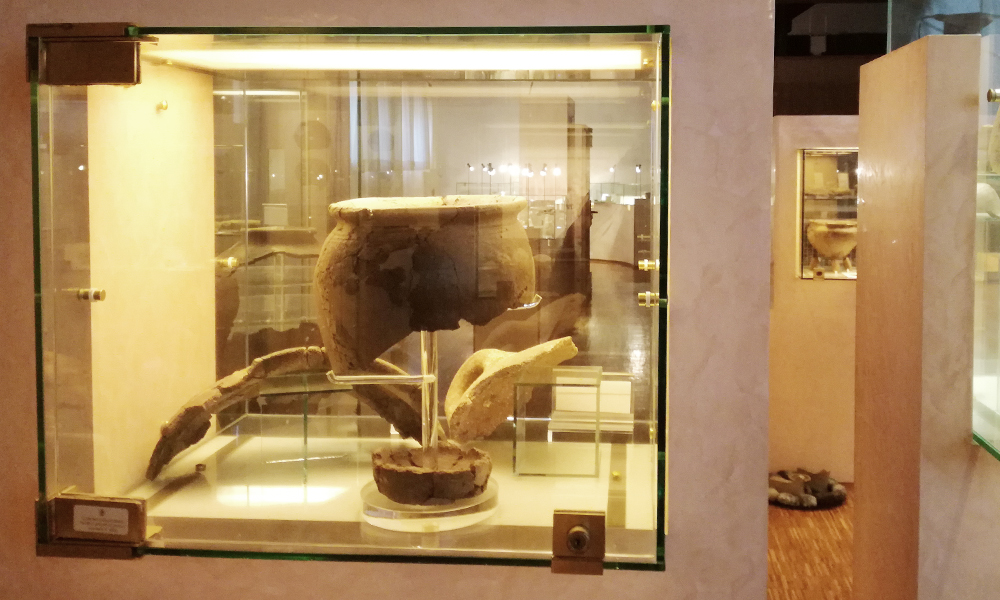
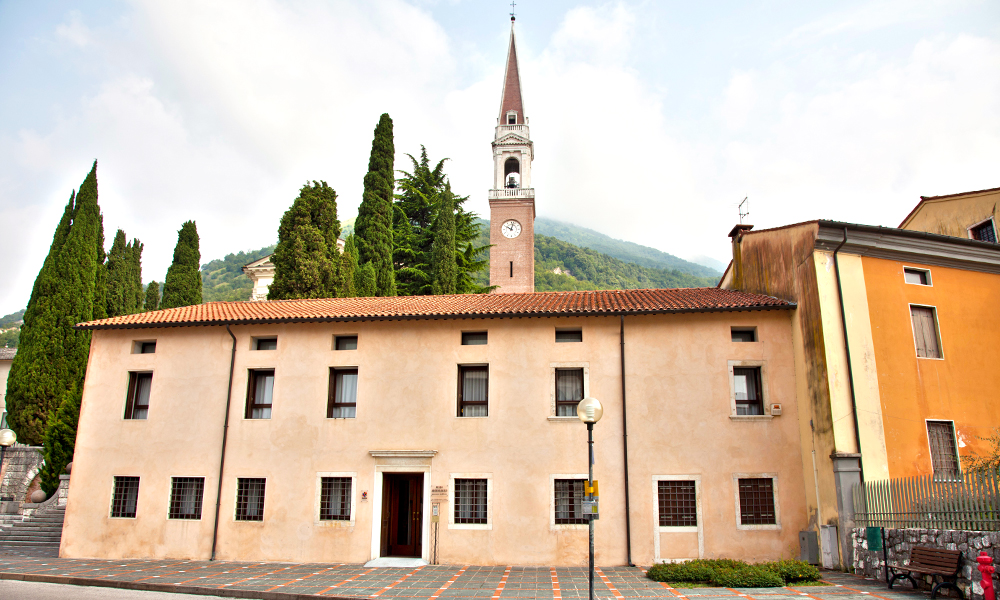
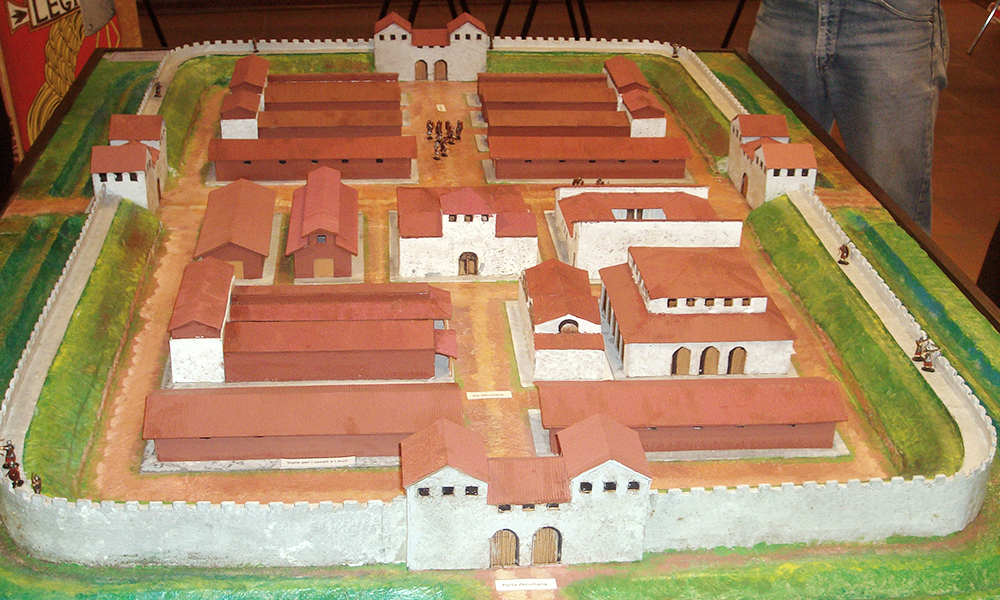
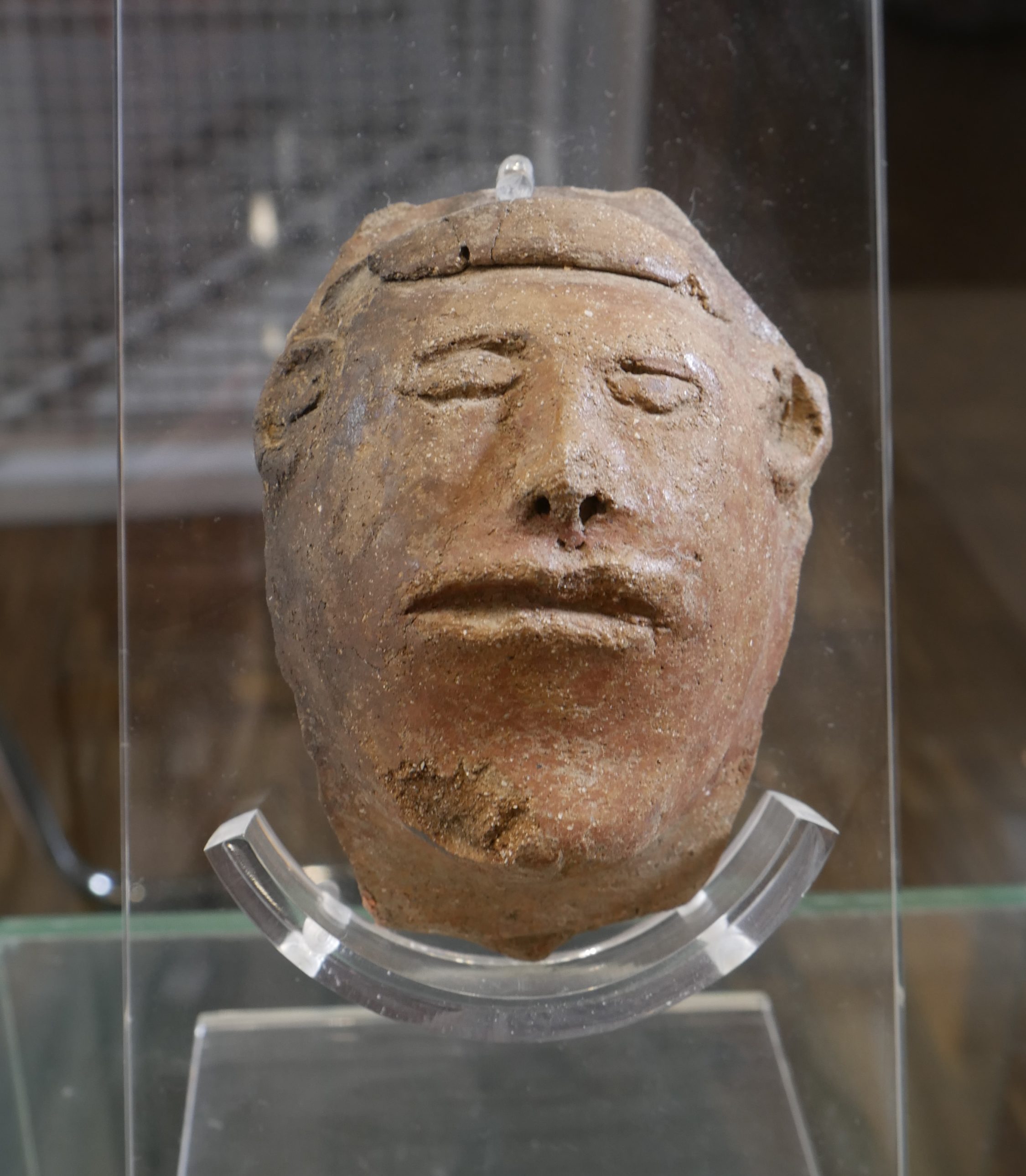
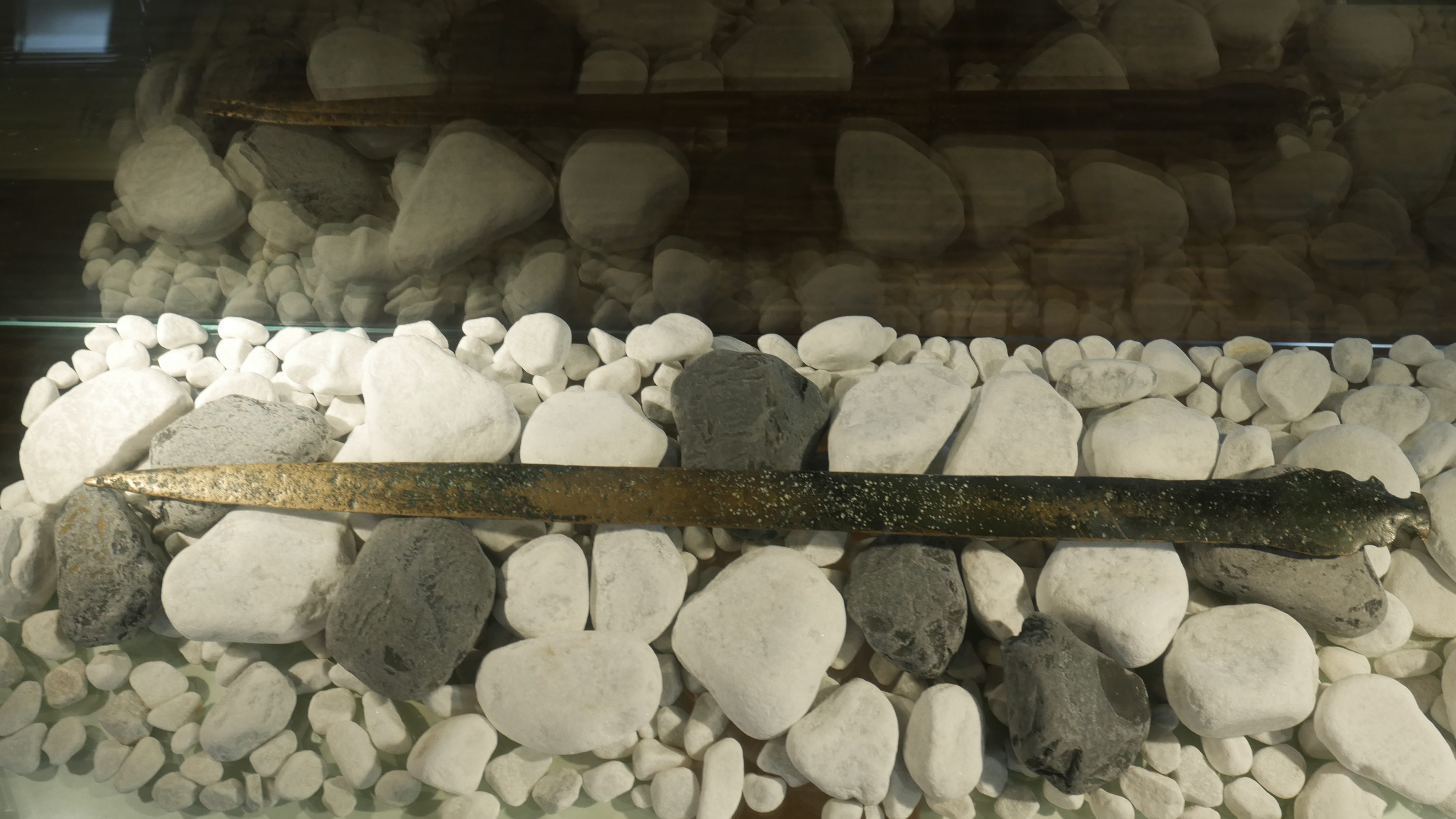
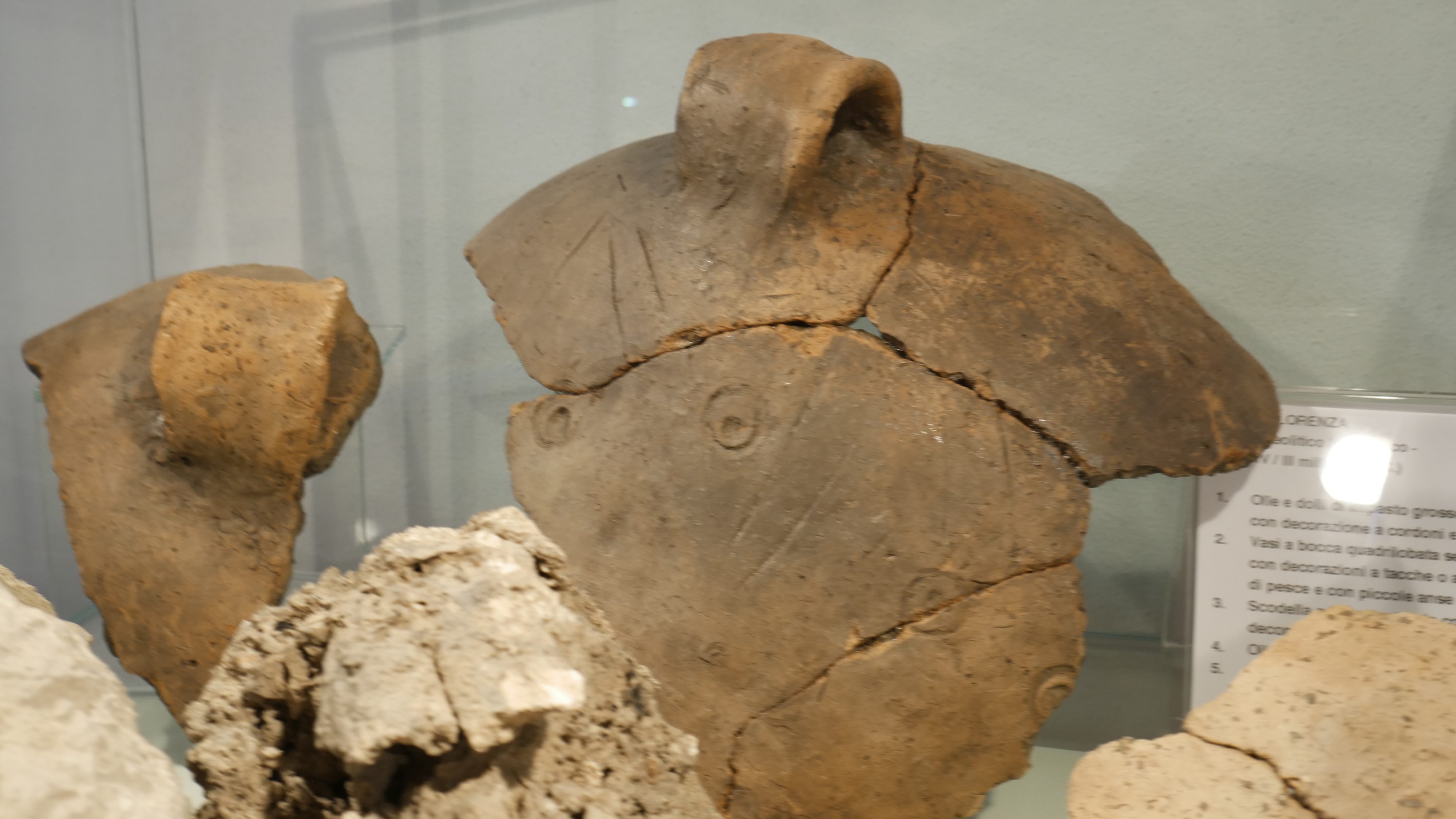
![]() , the exclusive service that tells you everything: cities, museums, natural attractions... with the voice of the best guides in Italy!
, the exclusive service that tells you everything: cities, museums, natural attractions... with the voice of the best guides in Italy!